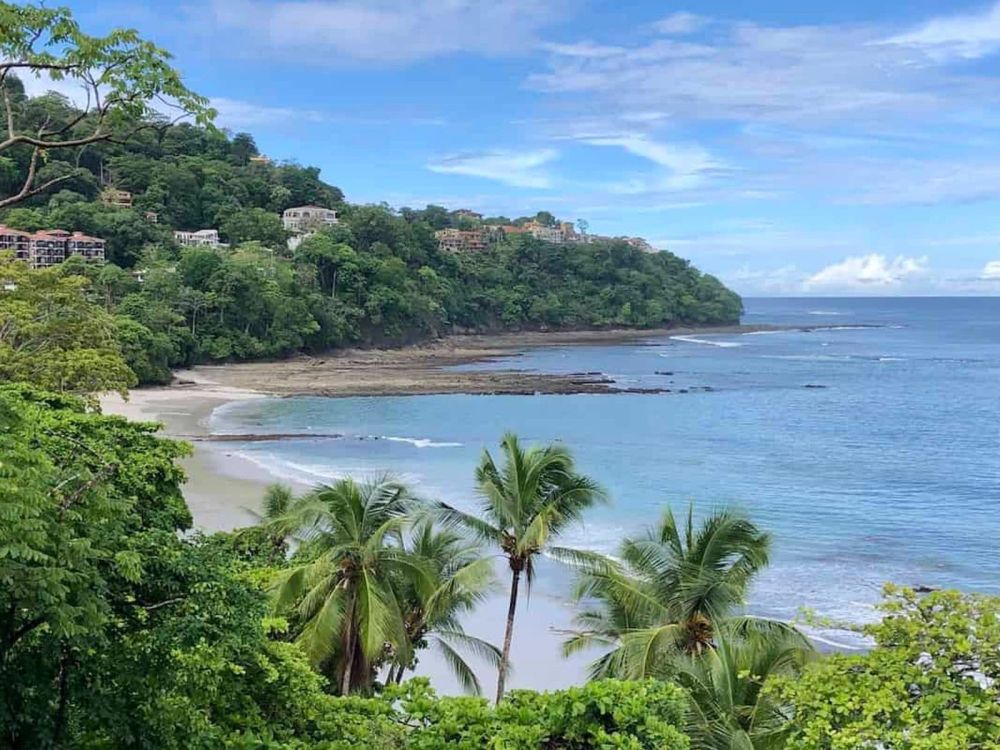

Nestled in the Arabian Sea off the southwestern coast of India, Kadmat Island is one of the most exquisite coral islands of the Lakshadweep archipelago. The history of tourism in Kadmat and Lakshadweep is relatively recent, with significant developments taking place in the last few decades of the 20th century. Lakshadweep was opened to tourism in 1974, but it was not until the late 1980s and early 1990s that Kadmat Island was truly recognized for its potential as a tourist destination.
The Government of India, alongside the Lakshadweep Administration, has been instrumental in the controlled development of tourism here, ensuring the ecological sanctity of the reefs and local customs. Kadmat Beach, with its soft white sands and crystal-clear waters, has slowly emerged as a must-visit for travel enthusiasts, divers, and those looking to escape commercialized tourist destinations.
By the early 21st century, Kadmat Island's incredible natural beauty had caught the eye of the international community. Recognizing its potential, responsible and eco-friendly tourism began to take root on the island. The island boasts one of the most vibrant marine habitats, with seagrasses, corals, and a rich variety of fish life, making it an ideal location for water-based activities.
Kadmat Beach is renowned for its water sports facilities, offering activities like scuba diving, snorkeling, and kayaking, which attract thrill-seekers and nature lovers alike. The tourism on Kadmat Island ensures that the activities are sustainable and that the environmental impact is minimal, thus maintaining the pristine condition of the beach and marine life.
Kadmat Island caters to a range of visitors, and resorts have been developed to provide comfortable stays that balance luxury with respect for the local environment. Accessibility to Kadmat is mainly through water transport from other islands in Lakshadweep or by air to the nearest airport on Agatti Island, followed by a short boat ride.
Recently, the tourism industry on Kadmat Island has incorporated certain trends that align with global travel patterns. Among them is the increasing interest in experiential and sustainable tourism. Visitors are not just looking for leisure; they seek to immerse themselves in local culture and practices, and there is a growing emphasis on leaving a minimal carbon footprint.
In response to the COVID-19 pandemic, there has also been a noticeable shift towards destinations that offer seclusion and social distancing by default, a natural fit for Kadmat Beach with its relatively remote and unspoiled setting.
Another trending aspect is wellness tourism. Kadmat's tranquil surroundings and untouched nature have made it a prime spot for those seeking a rejuvenating escape, promoting wellness retreats and yoga by the sea.
The future of tourism on Kadmat Island lies in the ongoing effort to preserve its natural beauty. The island's administration continues to place restrictions on the number of visitors per year, and all touristic activities are regulated to ensure environmental sustainability. This careful management provides a promising outlook for Kadmat Beach as a premier destination for future generations to enjoy.